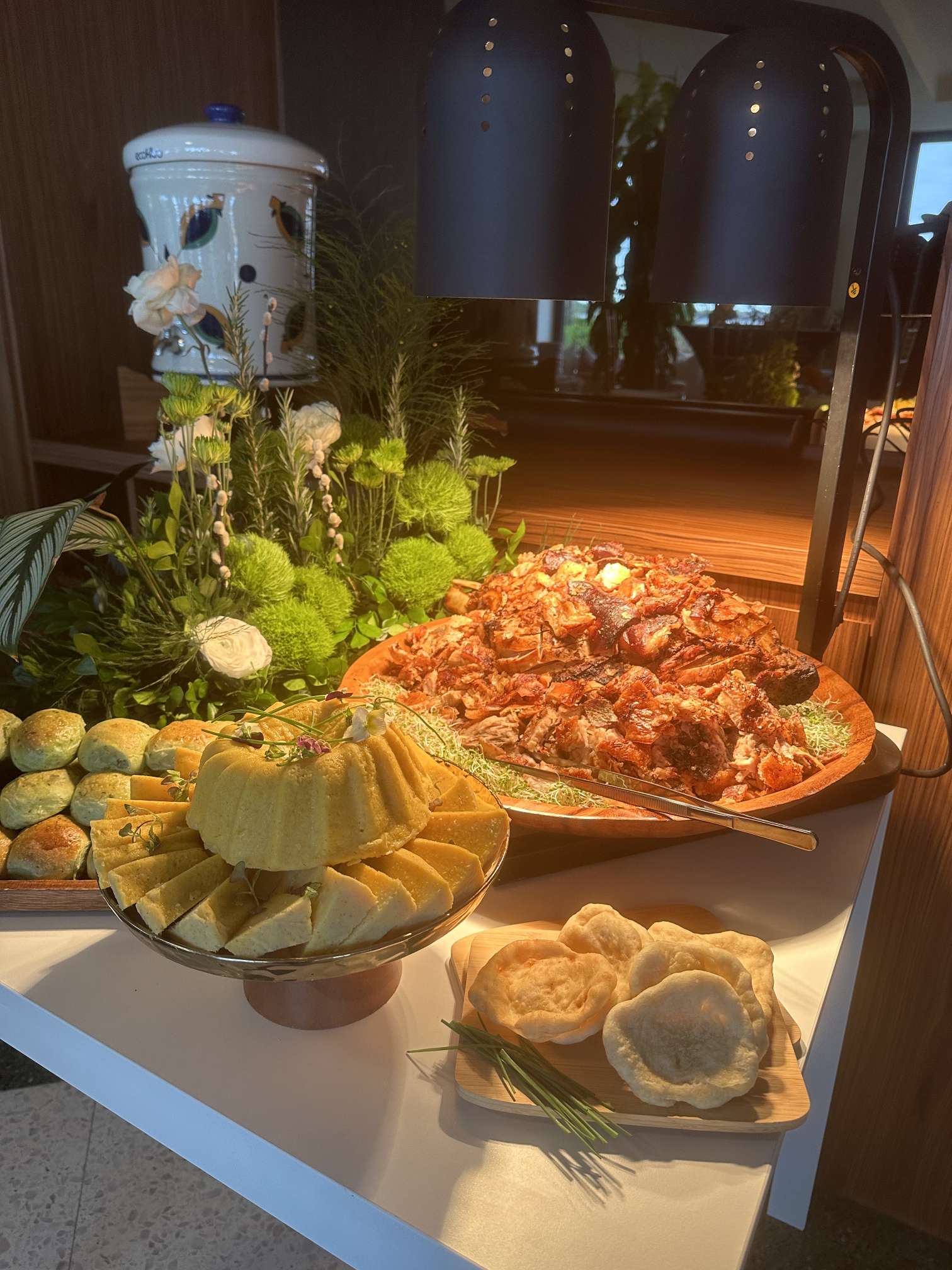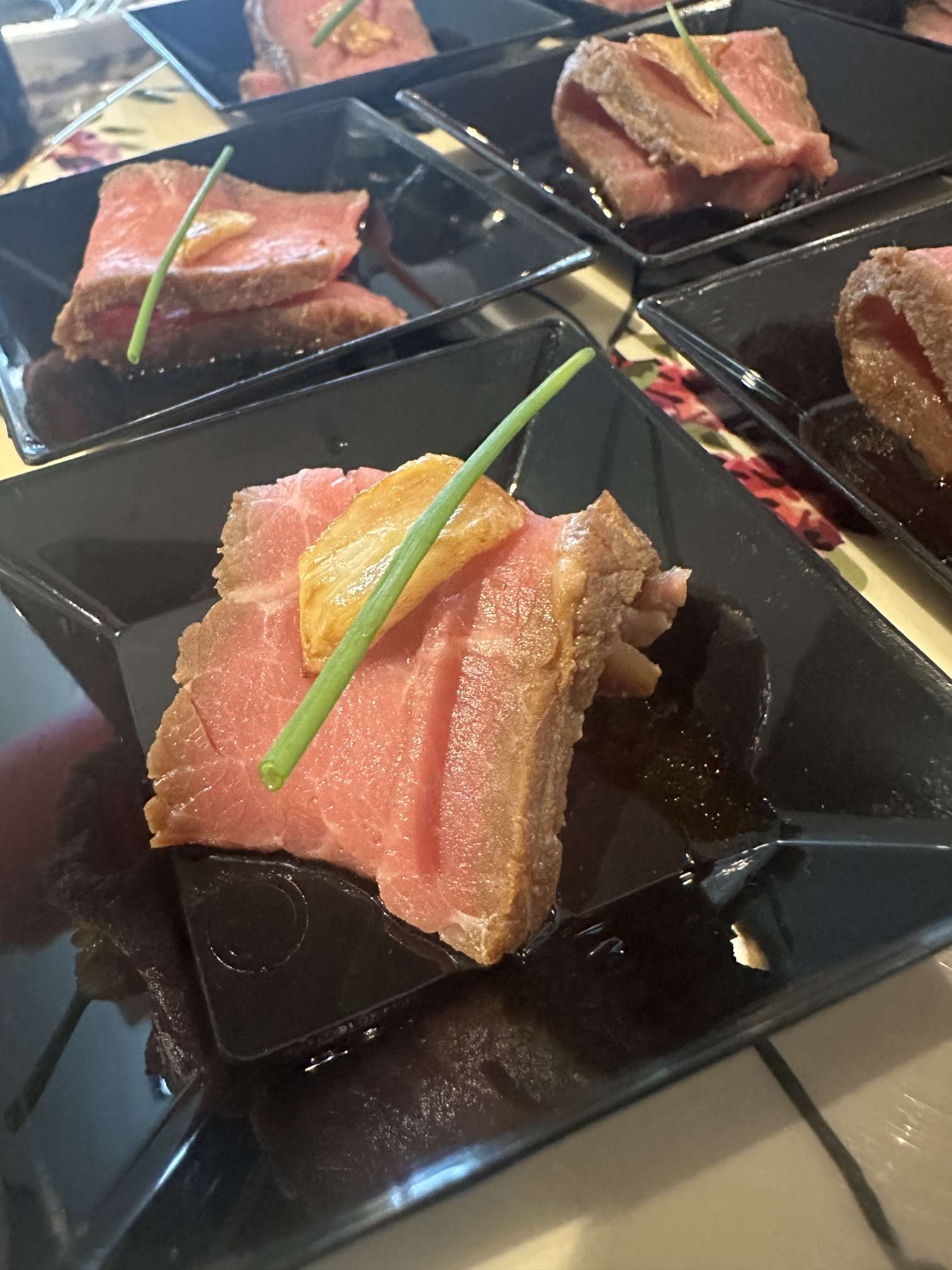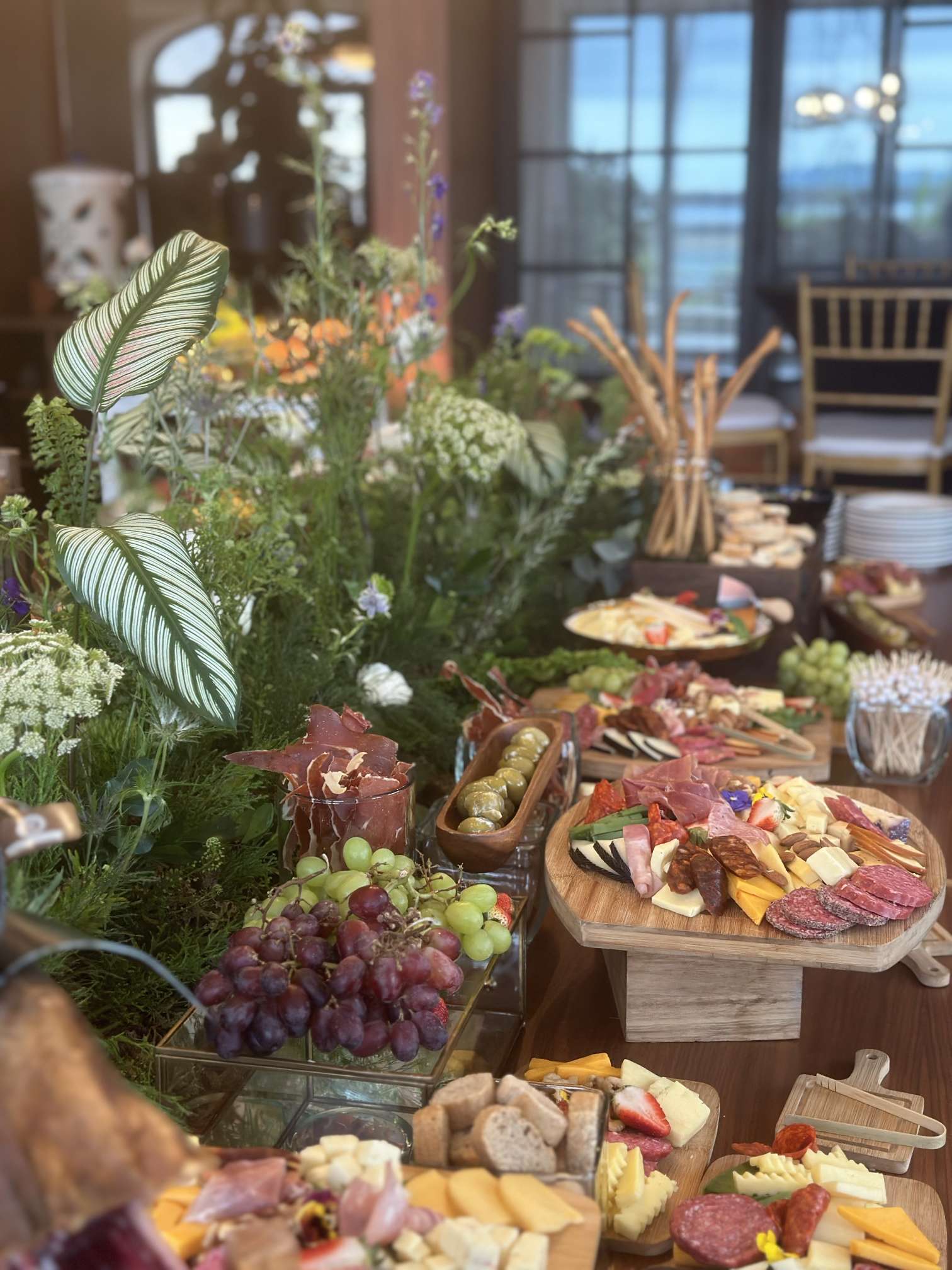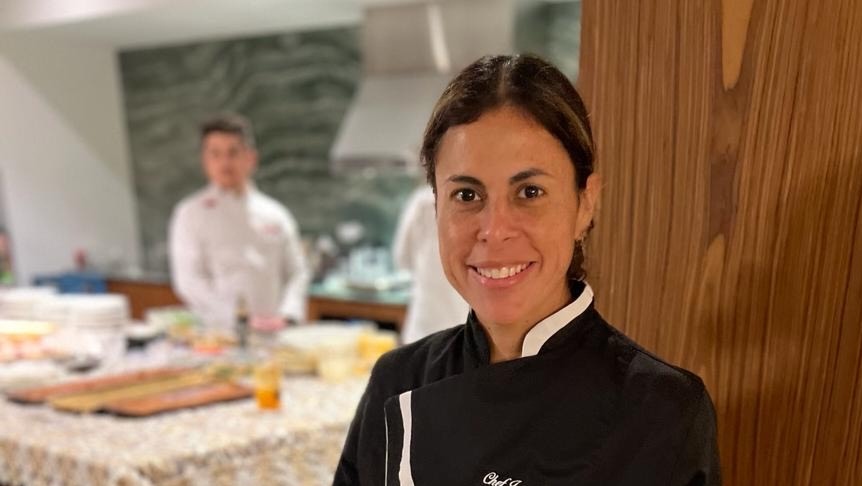Gastronomy is an industry where women today play a leading role in its development and expansion throughout Panama. An outstanding example is Chef Jenny Guerra, who has represented the country in international gastronomic festivals and left the flavors of Panama at the top of these important events.
Her more than 20 years of experience in the culinary arts began at the Academy of Culinary Arts in Panama, then at Le Cordon Bleu in Mexico and continued with multiple internships in various restaurants in this North American country. Chef Jenny Guerra also worked as an executive chef and sous chef in several hotels and restaurants in the country, before founding Flavors Deli Catering, a company specialized in holding corporate events.
Her journey is so extensive that she has also been a professor at several universities as well as a Top Chef semi-finalist in 2019, and on this occasion, she shares with The Visitor – El Visitante her vision of gastronomy and its role in tourism.

What differences do you perceive between the positioning of gastronomy when it began and the current state?
“Since my beginnings in the world of gastronomy, I have noticed a significant transformation in Panama. Today there is greater collective awareness about how gastronomy can be an engine to enhance the country’s positioning, both in the tourist and commercial fields. Thanks to the efforts of several generations of producers, chefs and other protagonists in the sector, Panama has managed to position restaurants on recognized Latin American lists such as the 50 Best. In addition, the gastronomic offer has diversified enormously both in the city and in the interior of the country, and local products such as specialty coffee, chocolate, pineapple and rum are gaining international recognition, contributing to a positive image of Panama.
Another important aspect is the evolution in culinary training options. While in my early years gastronomic schools were limited, today we have a broader educational offer that allows us to train professionals within the local industry. Finally, it is very gratifying to see how women’s participation in gastronomy has gained greater recognition both locally and internationally. “

What is the gastronomy that most represents the spirit of Panama when a tourist visits the country or during an event?
“One of the most representative elements of Panama is its cultural diversity, which is directly reflected in our gastronomy. To capture the true spirit of Panama on a menu, it is essential to offer Afro-Antillean dishes, such as seafood, spicy foods and coconut, as well as the traditional foods of our interior, where corn and cassava dishes stand out. It is also key to include the fusion of flavors that we find in the capital, with influences from different cultures that coexist in our city. This combination of traditions creates a representation. authentic of what Panama is”.

You are dedicated to high-profile catering. How can gastronomy in this type of service evoke the best experiences for foreign and even local diners?
“In catering, the key word is “experience”. To evoke the best possible experience, it is essential to personalize every detail of the service in order to surprise and exceed expectations. At my catering we focus not only on flavors, but also in the presentation and above all, in offering attention and service aligned with the specific needs of each event. The key is not only in presenting delicious dishes – although this is essential – but in putting the customer at the center of everything , ensuring that every detail of the service surprises positively the diners and organizers.”

Within your extensive international experience, what are the Panamanian dishes that have generated a positive impact?
“I have had the opportunity to cook for various groups of people in places like Hong Kong and Macau during culinary festivals and the dishes that have had the greatest impact are those with Afro-Antillean roots. The “One Pot”, which combines shrimp, cod and curry in a single dish, has been a great success, as have the spicy dishes based on chombo chili, whose spiciness profile is very different from what is known in the region. The cod torrejitas have also been very well received.
On the other hand, in experiences with North American and European audiences, the traditional flavors of our cuisine based on ingredients such as pixbae, pigeon pea and chicharron have made an excellent impression. And of course, the Panamanian guacho is always a resounding success.”
Photos courtesy: Chef Jenny Guerra


